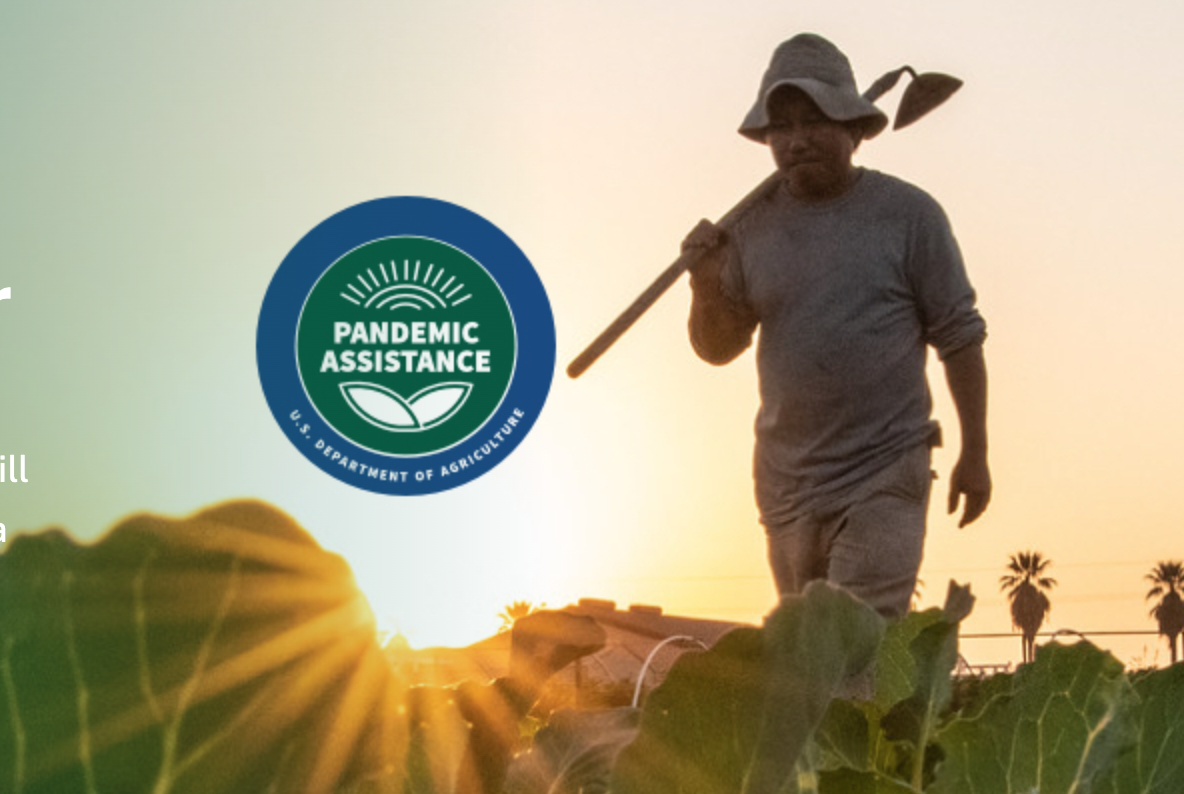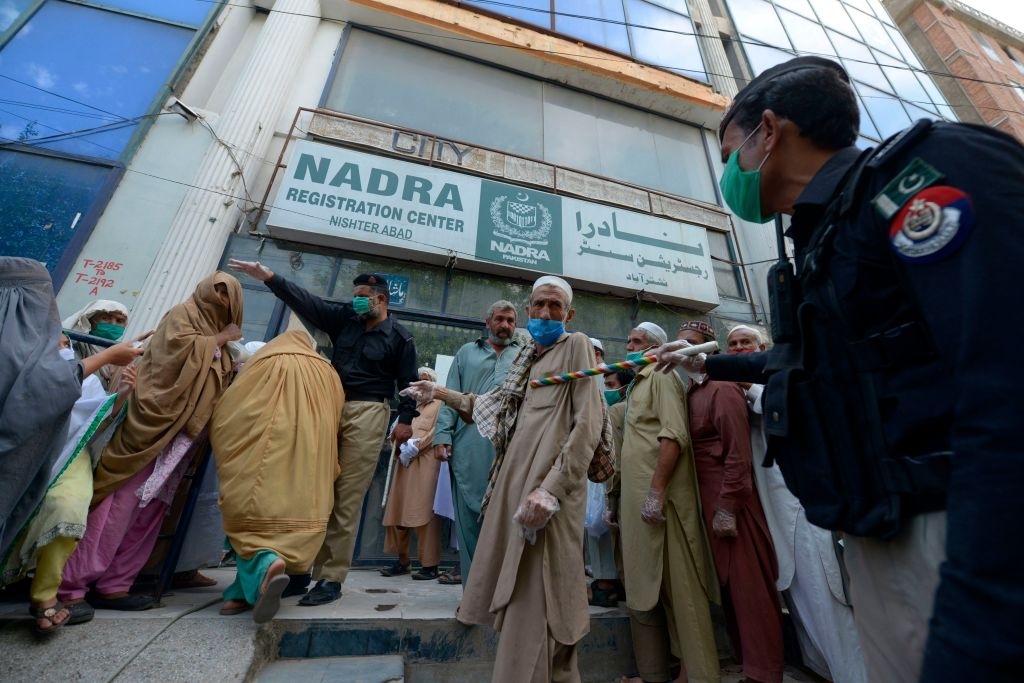Building on analytics tools and data-sharing agreements previously used to track opioid deaths and COVID-19 cases in Virginia, the commonwealth’s Department of Criminal Justice Services on 6th April 2022 announced a new platform to help officials understand and mitigate trends in human trafficking.
Virginia and its vendor, Qlarion, a software firm specializing in data tools for government, unveiled the new platform, called the Virginia Analysis System for Trafficking, or VAST, as a new way for officials to share data across jurisdictions and identify actionable trends. Some of the tool’s capabilities, include identifying demographic information about the victims of human trafficking, its perpetrators, where it’s happening and which factors might be increasing its incidence.
The platform includes a way for officials to create data visualizations that distinguish between sex workers who’ve chosen their line of work and incidents of human trafficking. Qlarion claims that VAST will help train officers to recognize the difference between at-will workers and trafficking victims.
In addition to a framework designed to help agencies share data, the software also includes a “missing child dashboard” for aggregating, filtering and visualizing missing-child cases.
In addition to demographic data, the software’s filtering options include relationships between victim and perpetrator, presence of drugs and location or event type where a case was identified. By cross-referencing various data points, officials may be able to anticipate whether, for example, an increase in drug trafficking would lead to increased human trafficking, or whether victims of a certain age are more likely to be trafficked by family members.
The VAST platform builds on work Virginia officials started several years ago to track opioid deaths using a tool called the Framework for Addiction Analysis and Community Transformation, or FAACT. The platform was repurposed during the pandemic to track and control COVID-19 cases, by allowing agencies to more easily share data and observe trends.
Source:






Comments